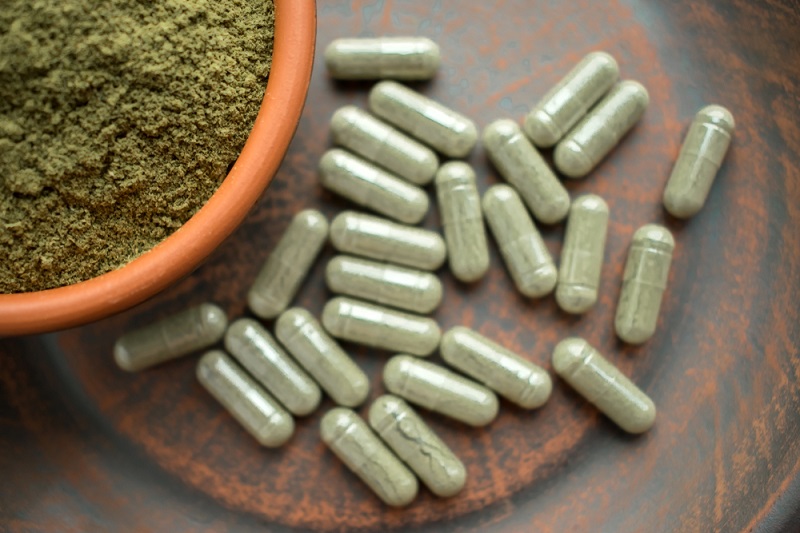A Salmonella Outbreak in… Kratom? How This Germ Could Get into Supplements

Health officials are again warning Americans not to consume kratom, but this time it's not the effects of the supplement that are concerning, but instead, that the substance could be contaminated with Salmonella.
Today (Feb. 20), the Centers of Disease Control and Prevention (CDC) announced a new outbreak of Salmonella tied to kratom. So far, the outbreak has sickened 28 people, ages 6 to 67, in 20 states. Of these, 11 people were hospitalized, the CDC said. (Earlier this month, the U.S. Food and Drug Administration [FDA] urged consumers not to use kratom based on the agency's findings that the supplement contained opioid compounds.)
When patients were interviewed about what they ate in the months before becoming ill, eight of 11 patients (73 percent) said they had consumed kratom pills, powders or teas, according to the CDC. However, health officials have not yet identified a specific brand or supplier of kratom supplements tied to the outbreak.
"Because no common source of Salmonella-contaminated kratom has been identified, CDC is recommending against consuming any kratom," the agency said. [Top 7 Germs in Food that Make You Sick]
Kratom, also known as Mitragyna speciosa, is a plant that grows in Thailand, Malaysia, Indonesia and Papua New Guinea, according to the FDA. Herbal products containing kratom are gaining popularity in the U.S. — people report taking these products to treat pain, anxiety or depression, as well as symptoms of opioid withdrawal.
A Salmonella outbreak tied to herbal supplements is "not a huge surprise," said Benjamin Chapman, an associate professor and food safety specialist at North Carolina State University.
That's because, when Salmonella bacteria are subjected to hot, dry temperatures — as they would be if plants are dried during the supplement-making process — the microbes actually enter a state where they become preserved, Chapman said.
Get the world’s most fascinating discoveries delivered straight to your inbox.
"A dry heat actually makes it more persistent in a food or ingredient," Chapman told Live Science. In this state, it could stay in a food or supplement "for a long, long time — years," he added.
The Salmonella bacteria could have been on the plant itself, or in the irrigation water used on the plants, Chapman said. It's also possible that the supplements became contaminated with Salmonella somewhere during the manufacturing process, he said. (Salmonella bacteria typically live in animal and human intestines, and get into the environment through fecal matter, according to the Mayo Clinic.)
Symptoms of Salmonella infection include diarrhea, fever and abdominal cramps that occur between 12 and 72 hours after infection, according to the CDC. The illness usually lasts four to seven days, and most people recover without treatment. But in some cases, the diarrhea can be so severe that person needs to be hospitalized. Severe Salmonella infections are most likely to occur in young children, older adults and people with weakened immune systems.
The investigation of the new Salmonella outbreak is ongoing, and recommendations from the CDC could change as more information becomes available.
On Feb. 6, the FDA reported that the kratom products have been linked with 44 deaths; these deaths, however, often involved other substances besides kratom.
Original article on Live Science.

Rachael is a Live Science contributor, and was a former channel editor and senior writer for Live Science between 2010 and 2022. She has a master's degree in journalism from New York University's Science, Health and Environmental Reporting Program. She also holds a B.S. in molecular biology and an M.S. in biology from the University of California, San Diego. Her work has appeared in Scienceline, The Washington Post and Scientific American.



